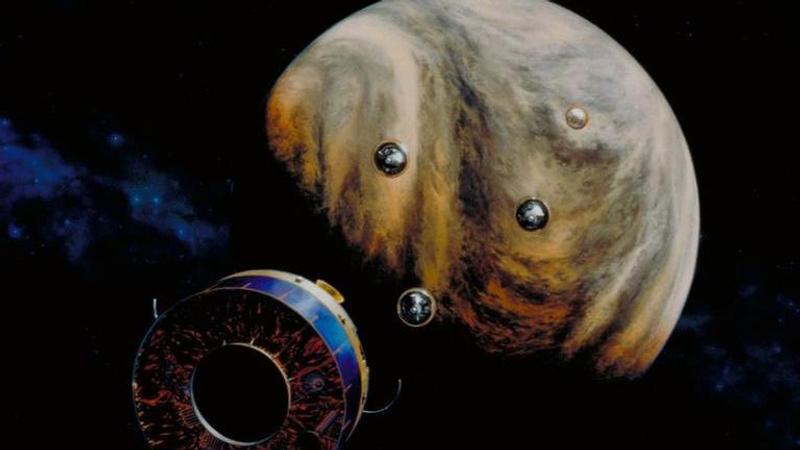Published 20:50 IST, August 8th 2020
Pioneer-Venus 2 launched to study Venus on this day in 1978 in Florida
Pioneer-Venus 2 spacecraft had survived a hard impact and made it to the celestial body Venus but it managed to successfully transmit data from the Venus.

On August 8, 1978, the Pioneer Venus Multiprobe spacecraft launched to study Venus. Pioneer Venus 2, the sistership to Pioneer Venus 1, consisted of the main spacecraft, a large probe, and three identical small probes, designed to collect data from the surface of Venus, according to NASA’s press release. The spacecraft had survived a hard impact and made it to the celestial body Venus. It had also managed to successfully transmit data from the neighbouring planet for over 67.5 minutes.
Designed by the Hughes Company in El Segundo, California, and launched on an Atlas-Centaur rocket from Cape Canaveral Air Force Station in Florida, the Pioneer Venus Multiprobe project was managed by NASA’s Ames Research Center in California’s Silicon Valley, as per the reports.
According to NASA’s statement on the website, Pioneer Venus 2 released the Large Probe (5 feet or 1.5 meters in diameter) on November 16, 1978. It was around 7 million miles (11.1 million kilometers) from Venus at the time. On December 9, 1978, five components, including the Large Probe reached the Venusian atmosphere at a velocity of 7 miles per second (11.6 kilometers per second), slowing down until it impacted on the surface of Venus at 19:40 UT.
[ Pioneer Venus Multiprobe spacecraft. Credit: NASA/ National Air and Space Museum]
[Pioneer Venus Orbiter. Credit: NASA/ National Air and Space Museum]
Bus and Landers among initial missions
Each probe took about 53 to 56 minutes to reach the surface, according to NASA’s release. It was the main spacecraft, at an altitude of about 75 miles (120 kilometers), that provided NASA with key data on higher regions about 1.5 hours later. While NASA and the European Space Agency have sent many spacecraft to Venus since then, Bus and Landers were the agency’s one of the initial missions which measured the atmospheric composition, temperature, and pressure of the Venus as they descended toward a hard landing on the surface.
[NASA's Bus and Lander. Credit: NASA]
Updated 20:50 IST, August 8th 2020






